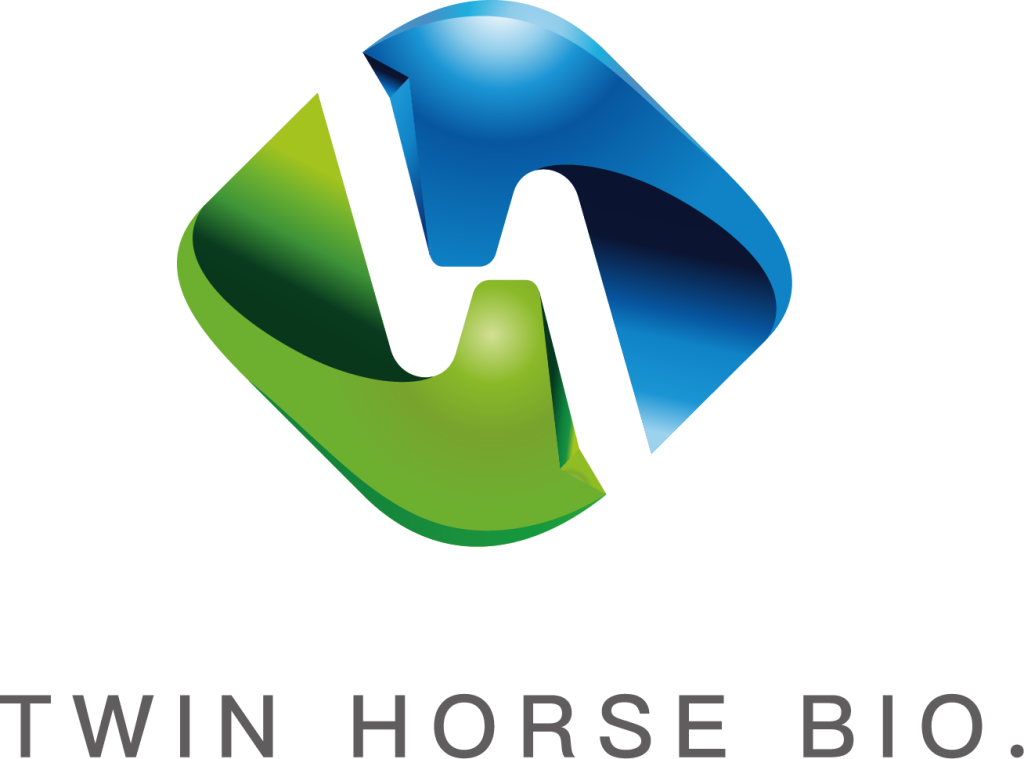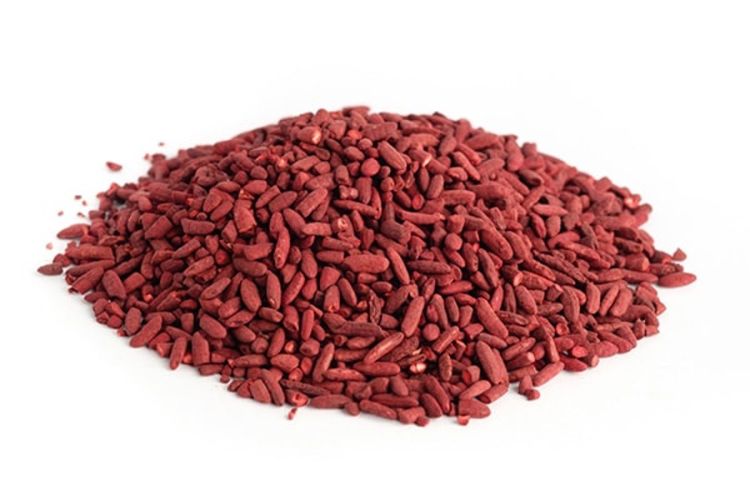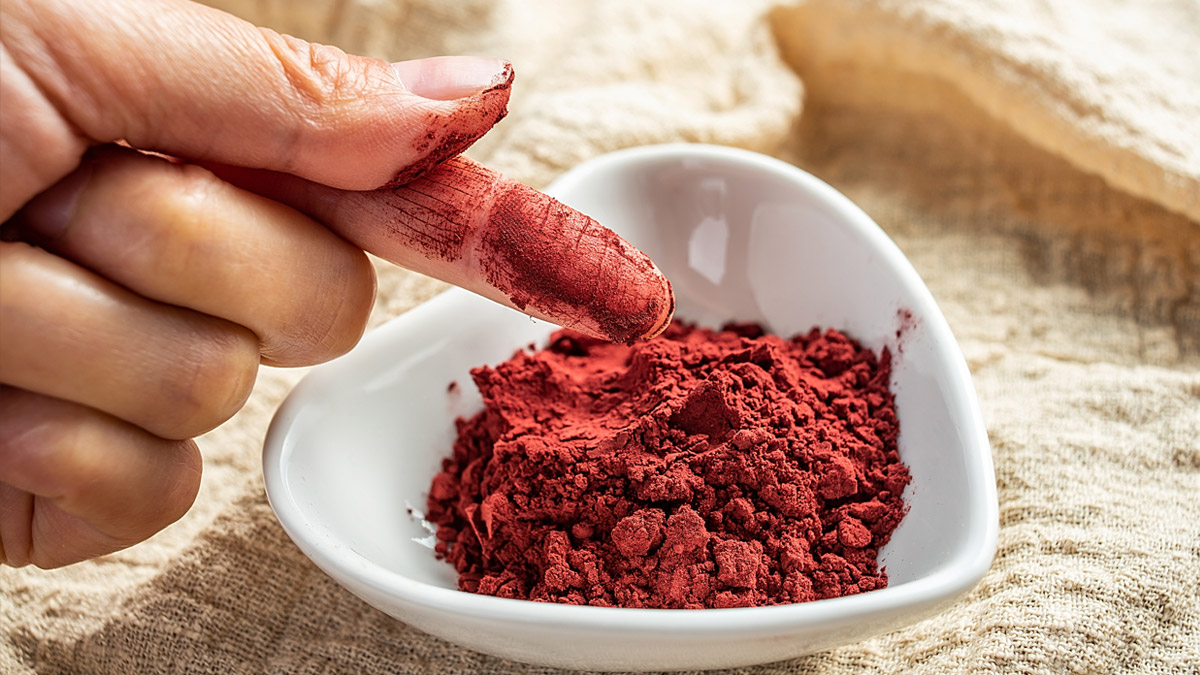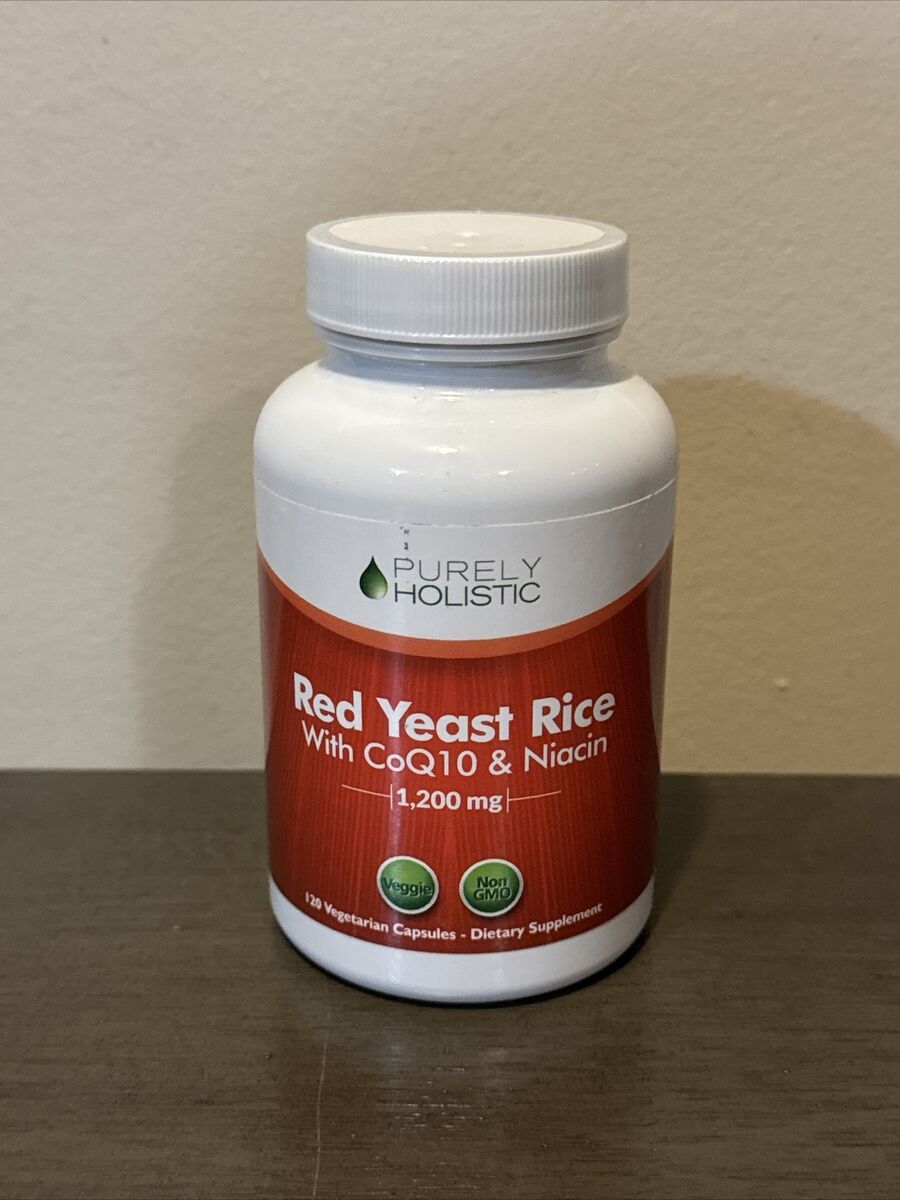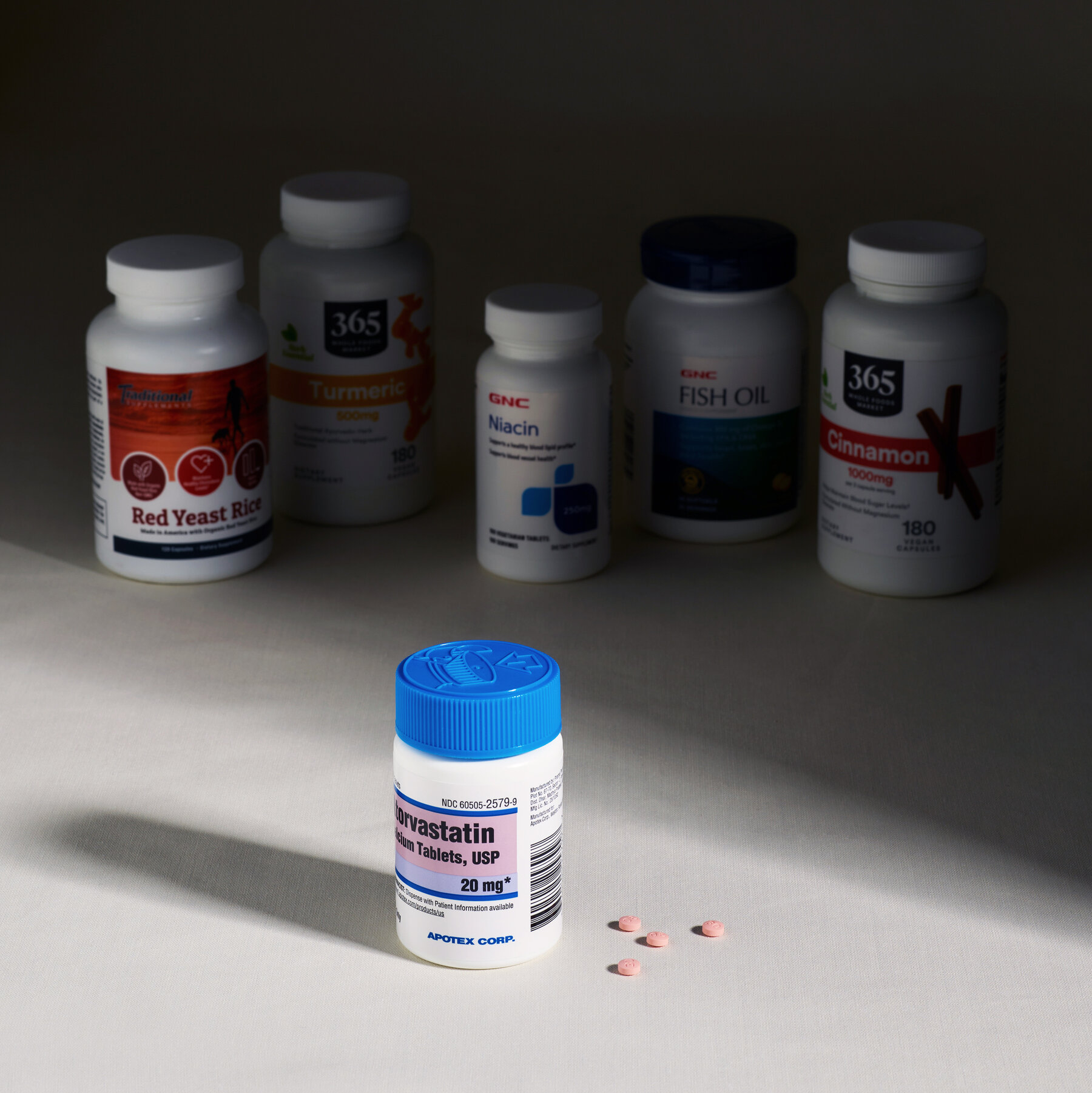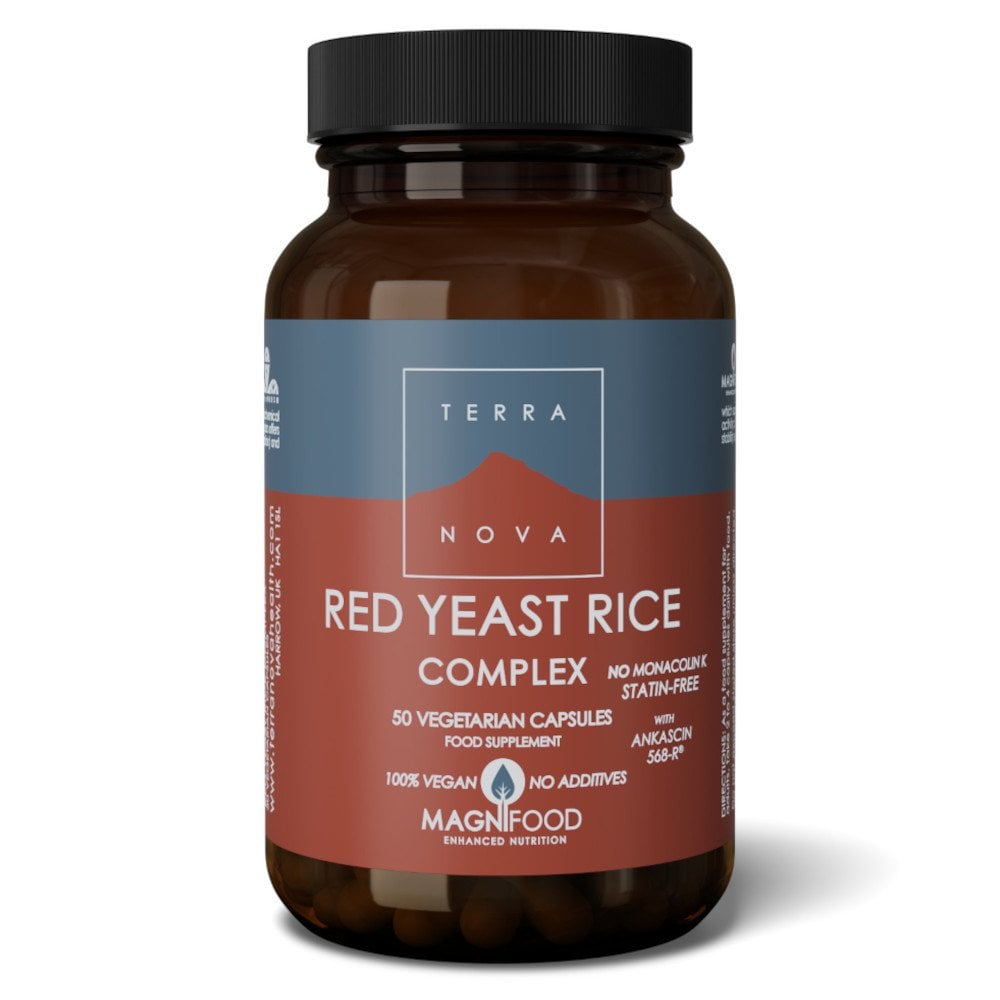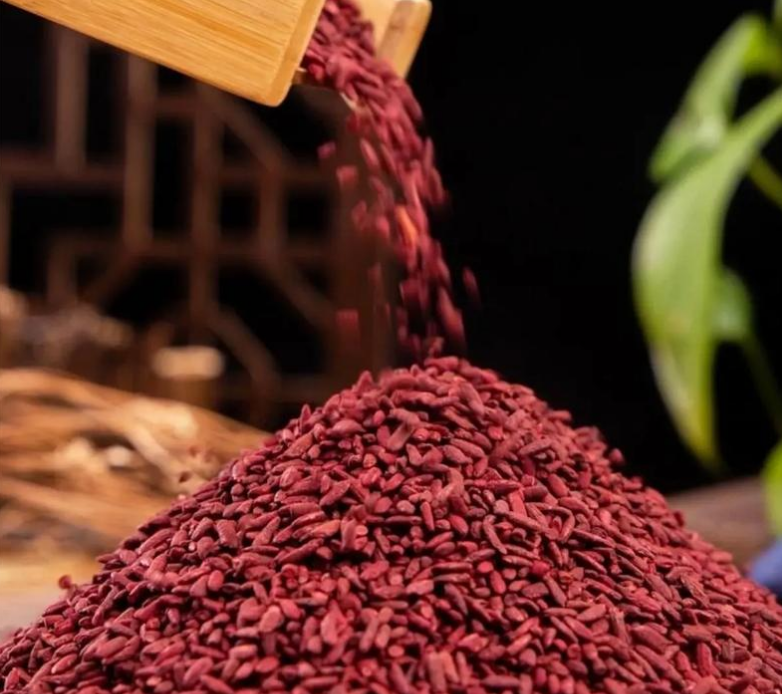You can take red yeast rice for 8–12 weeks initially to lower LDL cholesterol by 15–25%, with regular monitoring. For long-term use, consult a doctor, check liver enzymes every 3 months, and consider cycling: 3 months on, 1 month off, to minimize side effects.
General Duration
In this connection, clinical trials indicate that 8-12-week consumption of red yeast rice could result in an average 15%-25% reduction in LDL cholesterol and reduction of total cholesterol by 13%-20%. For instance, a patient who has an initial LDL cholesterol of 160 mg/dL may experience reduction to about 120–135 mg/dL in about 3 months through the continuous use of dietary supplement.
For chronic problems with cholesterol, it could be 6 months to 1 year under medical supervision. In one study involving participants with high cholesterol, red yeast rice taken for 6 months produced a sustained LDL reduction of about 20-25% compared to baseline. Blood tests every 8-12 weeks are crucial to make sure safety and effectiveness are ensured during long-term use.
Indeed, data indicates that red yeast rice, when combined with heart-healthy diets like a Mediterranean diet, may add another 5 to 10% to cholesterol reductions. This may equate, for example, to allowing an individual who starts at a total cholesterol level of 240 mg/dL to reach levels as low as 180-190 mg/dL within just 12 weeks of the aforementioned combination and, therefore, reduce the duration of supplementation.
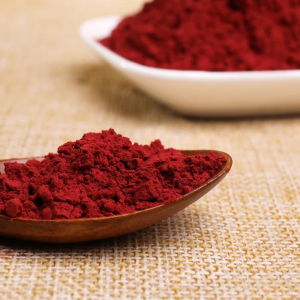
Doctor-Recommended Period
Physicians often recommend starting a trial of red yeast rice for 8 to 12 weeks in order to best gauge the effect on cholesterol levels. A typical outcome might be that someone whose LDL is 160 mg/dL could expect a value between 120–136 mg/dL after 12 weeks.
In cases of needing to keep cholesterol levels at bay or wanting extra effects, a doctor might want to extend the time for 6 months. According to studies, red yeast rice taken for six months prolongs the LDL cholesterol cuts by 20–25% in conjunction with a 15–20% cut in overall cholesterol. For instance, a person with a starting dosage of 240 mg/dL of total cholesterol might ultimately reach a level of as low as 192 to 204 mg/dl within six months.
In cases of statin intolerance or mild cholesterol elevation, physicians may recommend that patients take red yeast rice intermittently-for instance, three months on, one month off-to minimize risks. This actually has been shown to maintain cholesterol reductions of around 10-15% during off periods while reducing the likelihood of adverse effects such as muscle pain. For example, a 55-year-old patient starting off at an LDL of 150 mg/dL can be expected to be stabilized between 127.5-135 mg/dL after one cycle.
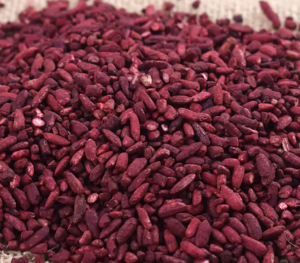
Chronic Use
Studies have shown that when taken for 12 months or longer, long-term use of red yeast rice can sustain a 20–25% reduction in LDL cholesterol. For example, a patient whose starting LDL was 180 mg/dL might reach and maintain a level between 135–144 mg/dL over a year with continued use.
Data indicate that about 70% of statin-intolerant patients can tolerate red yeast rice much better for long periods with fewer and milder side effects. In this population, 15–20% reductions in LDL cholesterol over a period of 6 months have been seen, representing a reduction from 160 mg/dL to 128–136 mg/dL.
Additional cholesterol lowering of 10% occurs when supplementation is combined with dietary modification, such as keeping saturated fat below 7% of total daily calories. A person starting at 250 mg/dL with a combination of such modifications along with red yeast rice supplementation could thus expect levels down in the range of 180 to 200 mg/dL after a year.
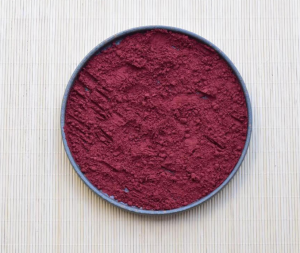
Cycle Usage
One way of continuing long-term cholesterol management and reducing side effects of red yeast rice use would be by cycling the therapy on for 3 months, then off for 1 month. Studies have demonstrated that such a strategy will maintain the LDL cholesterol reductions of 15-20% through multiple cycles. Thus, a subject with an LDL of 160 mg/dL at baseline may experience reductions to 128–136 mg/dL during every successive 3-month treatment cycle but will have no further decrement during the 1 month off.
In one study of people taking red yeast rice in cycles, cholesterol stayed low by 10–15% even on their days off. For example, someone whose total cholesterol level was 240 mg/dL might keep levels of 204–216 mg/dL during the month off and still get cardiovascular protection without having to take it every day.
Liver enzyme elevation < 5% of users assuming the cycles include time off. Blood tests every 3 months Dictate changes in dosing based on enzyme health status. The following is an example of a 55 yr old patient using the above approach with no increased muscle aches as often reported in 1-2%.
Long-Term Safety
Red yeast rice can be used safely for 6–12 months, over which time LDL cholesterol reductions average 20–30%. For example, for an individual starting with an LDL level of 160 mg/dL, levels might stabilize in the range of 112–128 mg/dL during long-term use.
Dose adjustment is one of the most significant ways to ensure safety in the long run. Clinical guidelines support starting the dose at 1,200 mg/day and gradually increasing, as tolerated and based on cholesterol response, to 2,400 mg/day. A 45-year-old might come in, for instance, with an initial LDL of 180 mg/dL and then achieve a reduction to 135–144 mg/dL within 6 months on the lower dose, thus avoiding higher doses associated with an increased risk of liver strain.
The combination of the supplement with a heart-healthy diet and regular exercise decreases dependency on higher doses and maximizes overall results. Statistics also show that those who couple red yeast rice with 30 minutes of exercise 5 days a week see an additional 10% LDL reduction, hence decreasing the need for high-dose supplementation for too long.
Individual Variation
Whereas for LDL cholesterol levels as high as 140 mg/dL in younger adults under 50 years, improvements of 15–20% can be realized in as little as 8–12 weeks of supplementation, such improvements in people above the age of 65 may take longer, perhaps even up to 6–9 months, because the metabolic rate has gone down and cardiovascular risks are at their peak.
20–25% of subjects will have below-average responses, their LDL reductions closer to 10–15% rather than the more typical 15–25% reduction seen in clinical trials. For example, a patient with an LDL baseline of 160 mg/dL may only reduce to 136–144 mg/dL and may require longer therapy or higher dosages to achieve their goals of care.
A person on a diet with less than 7% saturated fat and exercising 30 minutes daily can further reduce LDL cholesterol by an additional 10%. That would mean that a person with an initial LDL level of 180 mg/dL might decrease to 126–144 mg/dL in three months, as compared to 135–153 mg/dL with use of the supplement alone.
Considering that most supplementation in these subjects is due to underlying health conditions such as diabetes or metabolic syndrome, a reduction of 20–25% may take 6 months and more. In other words, a patient suffering from diabetes with an LDL of 190 mg/dL may, after 6 months of intervention, be reduced to 142.5–152 mg/dL with close monitoring against side effects.
Aging and Lifestyle Changes
For clients older than 65 years, a reduced dosage as low as 1,200 mg per day for 6 to 9 months is recommended. The 70-year-old client with an LDL cholesterol level of 180 mg/dL may be reduced within this duration to 135–144 mg/dL.
Combining reduced daily intake of saturated fat to less than 7% of total calories with 2 grams of plant sterols per day can further lower LDL cholesterol by 10%. In combination, using red yeast rice, one might see a reduction from 200 mg/dL to 140–160 mg/dL in 3 months.
Moderate-intensity activities like brisk walking for 30 minutes daily for 5 days a week enhance cholesterol improvements by an additional 5-10%. A subject medicated with red yeast rice with this amount of activity could attain LDL reductions from 160 mg/dL to 120-136 mg/dL within 12 weeks and, therefore, can potentially shorten the period of supplementation.
